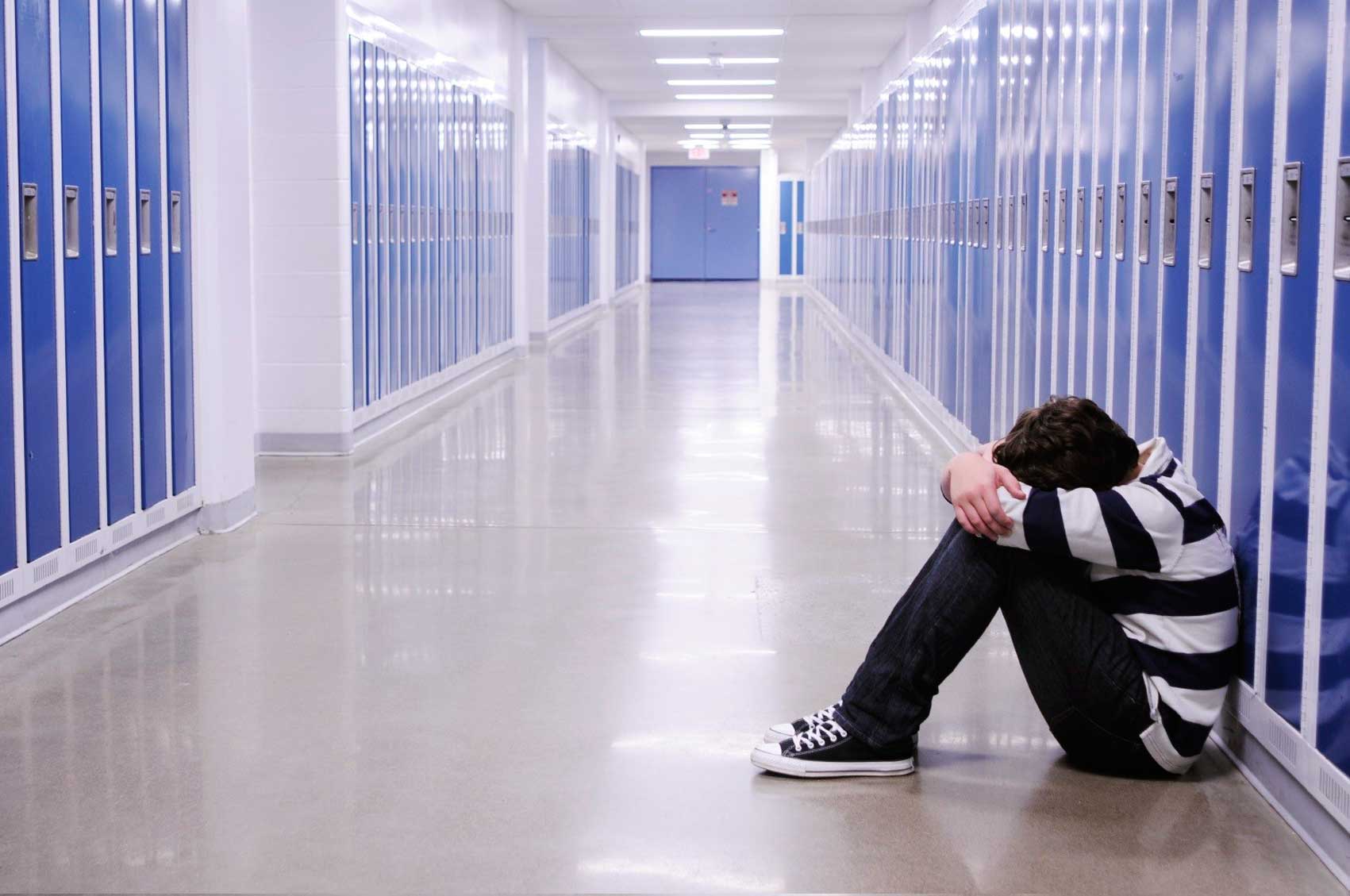
Let’s start with what constitutes bullying, “it is not restricted to physical or verbal aggression, but involves any act of intentional harm to the other individual, which could be in the form of verbal harassment, methods of coercion, manipulation, teasing, gossiping, or even singling out or isolating a single person”.
When we were young, most of us got bullied in some form or another but like most things then it was brushed under the carpet and those being bullied just resigned themselves to it. Most of the times we didn’t even realise that we were getting bullied. However, research has shown that the impact of bullying stays on through adulthood. As our kids have become more aware and more exposed, bullying has become a serious issue and has increased in intensity.
Today, you can be bullied, face to face, through the internet and even sexually. Face to face bullying is the more conventional form of bullying and can take on various forms it can be physical, verbal or social. Cyber bullying is the new age form of bullying. It is essentially using the internet as medium so it can be on social media and cell phones and so on. Sexual bullying involves calling someone out on the way they look, their sexual orientation and so on.
Usually, you find that bullies are actually the most insecure, they overcompensate for their insecurities by appearing stronger than others.Usually their tendency to bully comes from a place of hatred or it is behavior that they have seen and are mimicking.Their insecurities can stem from variety of things like a lack of feeling loved, feeling inadequate with the work that they are doing or they can be a reflection of their environment. Often the children getting bullied tend to have low confidence levels and are not aggressive.
Children are not born bullies, they become bullies. At the end of the day bullies are also just children who don’t always understand the impact of what they are doing. In order to understand and curb bullying it is important to operate from empathy. Having said that, at a mature level while we all understand this - it is difficult to empathize with the bully or their emotional upheaval when the person being bullied is your child, so what can we do, further on a few basic strategies are mentioned.
To address bullying the entire family needs to be involved , both parents and children need to understand their relationship, once they work on their relationship and work with their child the tendency to bully goes down. Of course this is a simplistic view and often intense bullying will take months of work and possibly external help from professionals who understand the emotional trauma of the child both bullying and being bullied.
For the children being bullied their self confidence goes down further and they begin to doubt themselves and while the bullying may stop after interventions, the healing takes time and that is important to understand. We should work to mitigate the lasting impact that it may have on the child's psyche through confidence building.
As a parent what can you do to help your childrenwho are showing signs of aggression or being bullied these are a few strategies that can assist:
- Talk to your children, communicate openly it isn't always about them talking to you, it's also about you talking to them so that you create an environment of trust so they can tell you what is bothering them
- Make them feel loved and secure. No matter how old you are you want your parents to love you and you want them to show it.
- Appreciate your children. If we as adults need appreciation our children definitely need it too.
- Build their confidence through encouragement and positive reinforcements. As they say, confidence is the biggest enemy of bullying.
- Spend time with your children
- Read them books about bullying, about friendship and about developing empathy
- Set boundaries, all children tend to push their parents and throw tantrums when they don’t get their way. At this time it is important to set boundaries so they know that throwing a tantrum or being aggressive will not get them what they want
- Encourage them to tell you if they feel they are being bullied in school so that adults can intervene early on
- Encourage your children to support their friends if they see them being bullied. Statistics show that 57% of bullying stops if a peer intervenes on behalf of the child being bullied. (Hawkins, Pepler, & Craig, 2001)
To give you a starting point a few books that you can read to your children are:
- Chrysanthemum by Kevin Henkes (Grades: Nursery – III)
- Tyrannosaurus Drip by Julia Donaldson (Pre nursery – Senior Kg)
- The Recess Queen by Alexis O’Neill (Grades: Nursery – III)
- The Juice Box Bully by By Bob Sornson and Maria Dismondy (Grades: Nursery – V)
- Enemy Pie by Derek Munson (Grades: Nursery – VII)
- Stand Tall Mary Lou Mellon by Patty Lovell (Nursery – Grade I)
- Willy the Wimp by Anthony Brown (Nursery – Grade I)
- Each Kindness by Jacqueline Woodson (Grades: Senior kg – IX)
- The Hundred Dresses by Eleanor Estes (Grades: I to IV)
- The Invisible Boy by Trudy Ludwig (Grades: I to IV)
- Bully by Patricia Polacco (Grades: II to V)
- The Bully book by Eric Kahn Gale (Grades: III to VII)
- Wonder by R.J. Palacio (Grades: IV to VI)
- Confessions of a Former Bully by Trudy Ludwig (Grade IV and V)
- Thirteen Reasons Why by Jay Asher (Grades: VII and up)
- Dear Bully by Dawn Metcalf (Grades VIII and up)
- Tease by Amanda Maciel (Grades IX and up)
- Side Effects May Vary by Julie Murphy (Grades IX and up)
These are just a few titles across age groups that can give you a kick start.





